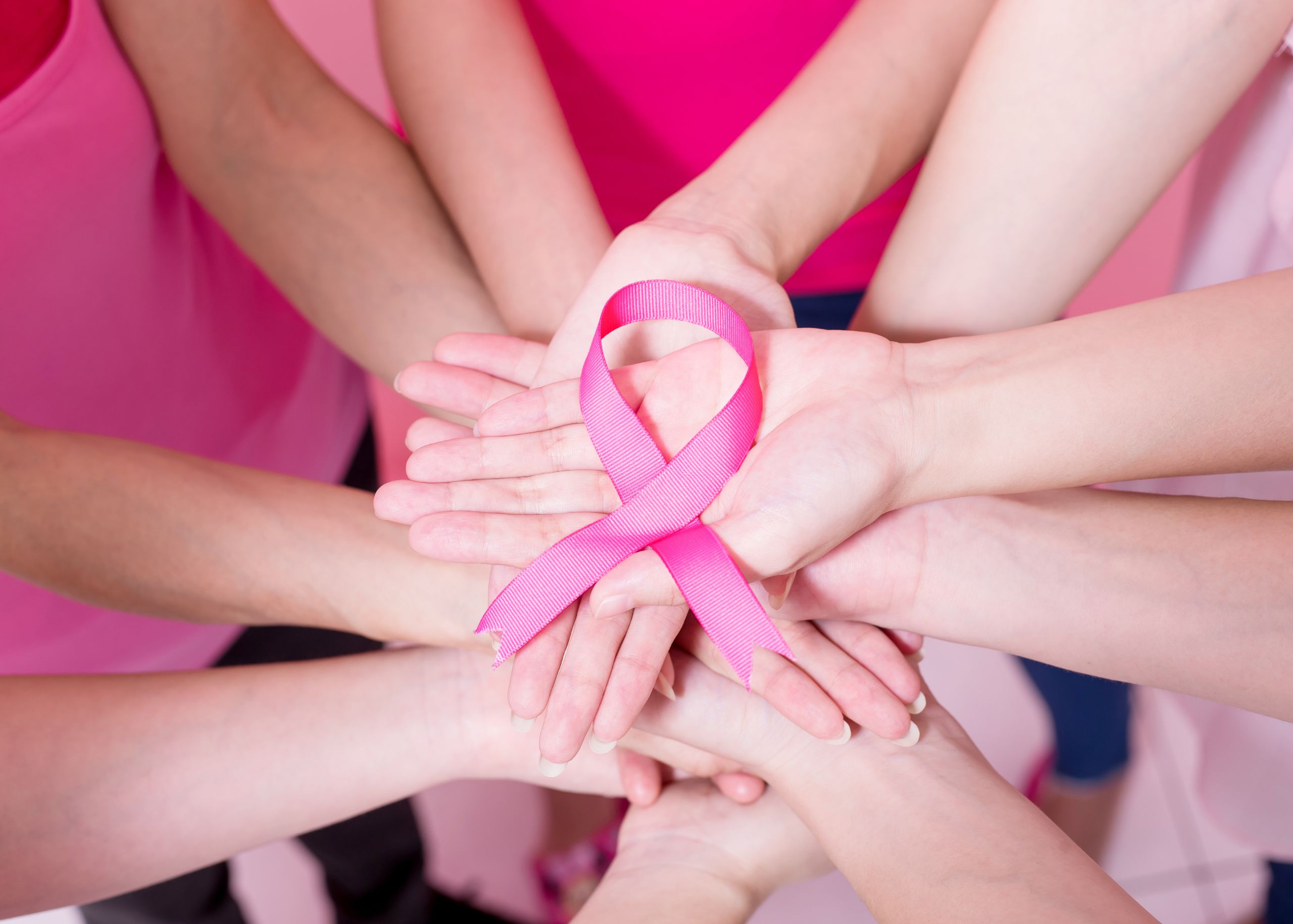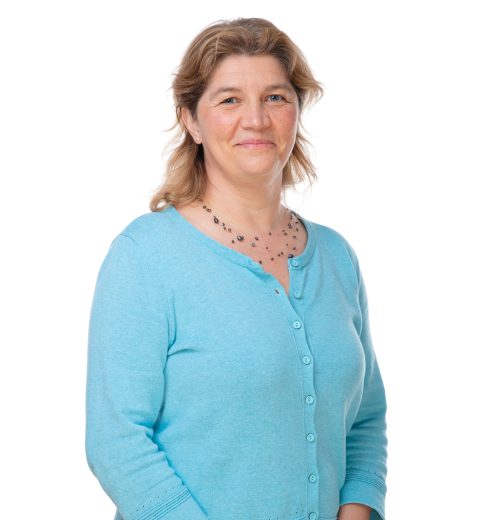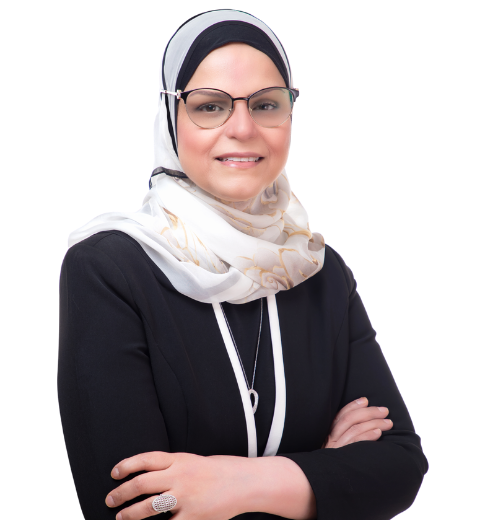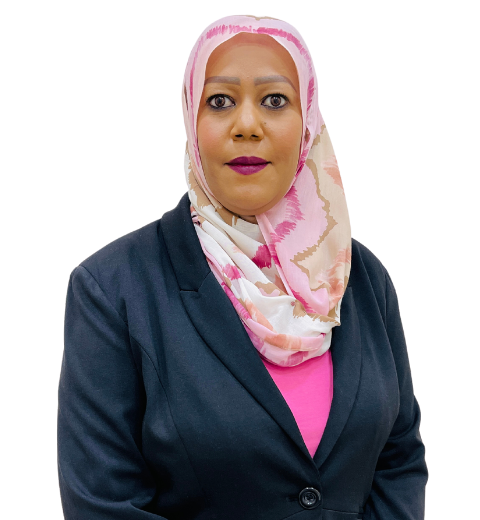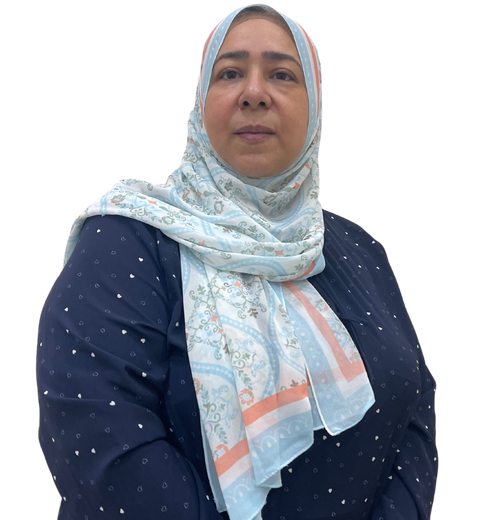What is Breast Cancer?
Breast cancer is the most common form of cancer in women. It occurs when cells in the breast become abnormal and start to grow out of control. The abnormal cells can be either benign (not cancer) or malignant (cancer). Breast cancer can be found in one breast or spread from one part of the body to another.
What are the Types of Breast Cancer?
There are several types of breast cancer, including:
Angiosarcoma: A type of sarcoma (cancer of the soft tissue) that develops in the lining of blood vessels.
Ductal Carcinoma In-Situ (DCIS): A noninvasive breast cancer that begins in the milk ducts and has not spread to other body parts.
Inflammatory Breast Cancer: A rare form of breast cancer that develops quickly and grows more rapidly than other types.
Invasive Lobular Carcinoma: A breast cancer that starts in the milk-producing glands’ lobules (tiny sacs).
Lobular Carcinoma In-Situ (LCIS): A condition where abnormal cells appear in the lobules but do not grow into tumors or spread to other parts of the body.
Male Breast Cancer: A rare form of cancer that affects men with breasts, most often those with Klinefelter syndrome or testicular feminization syndrome.
Paget’s Disease of the Breast is a rare form of breast cancer in which the breast tissue becomes inflamed or infected, leading to a buildup of calcium deposits. It can also lead to changes in the skin, including thickening and discoloration.
Recurrent Breast Cancer. Cancer cells return after treatment and surgery to remove them, causing more lumps or pain in the breasts.
What are the Symptoms of Breast Cancer?
It’s normal to be concerned about the symptoms of breast cancer. The most common symptom is a lump or mass in the breast, but there are others. Some of the other symptoms include:
- lumps in lymph nodes (glands)
- nipple discharge that is not milk
- dimpling or puckering of the skin around the nipple
- redness or flaking of the nipple
- pain in any area of the breast, including the nipple
- rash on your chest or under your arm
- change in size or shape of your breast
What are the Stages of Breast Cancer?
Breast cancer is categorized into four stages based on the extent of the disease and the likely outcome.
Stage I: The tumor is less than 2 centimeters across and has not spread to lymph nodes.
Stage II: The tumor is between 2 and 5 centimeters across and has not spread to lymph nodes.
Stage III: The tumor is greater than 5 centimeters across or has spread to one or more lymph nodes but not to distant organs.
Stage IV: The tumor has spread to other body parts beyond the breast.
What are the Risk Factors for Breast Cancer?
Some of the risk factors for breast cancer include:
Age—it’s most common in women over age 50, but it can occur at any age.
Family History of Breast Cancer—if your mother or sister has had breast cancer, you are at higher risk of developing the disease yourself.
Genetics—Women with a first-degree relative (mother, sister, daughter) who have had breast cancer are at greater risk of developing breast cancer. Women with BRCA1 or BRCA2 gene mutations are at higher risk of developing breast and ovarian cancers.
Diet—certain foods may increase your risk of developing breast cancer; these include processed meats and red meats.
Obesity—obese women are at higher risk for developing breast cancer than normal-weight women.
How is it Diagnosed?
It is often found through routine screenings such as mammograms and X-rays taken of your breasts. Mammograms can see early signs of breast cancer before you may feel any symptoms.
The American Cancer Society recommends that women get a mammogram every year starting at age 40 or in their 20s for those at high risk for developing this type of cancer A doctor will also recommend regular self-exams if you’re over 30 years old.
It’s important to know what to expect during your diagnosis and treatment to feel prepared and supported throughout the process.
Breast Exams
A breast exam is an essential part of your breast health routine. You should schedule a visit with your doctor immediately if you notice any changes in your breasts, such as swelling or lumpiness.
Mammograms
A mammogram is an X-ray of your breasts taken from different angles to check for abnormalities. A mammogram may lead doctors to perform additional testing, such as biopsies or ultrasounds, if they find something unusual during the procedure. These tests can help determine whether an abnormality is cancerous or benign (non-cancerous).
Biopsy
A biopsy removes tissue samples to examine them under a microscope for signs of cancerous cells.
Breast Ultrasound
An ultrasound uses sound waves to create an image of the breast tissue. Ultrasounds are usually recommended for women with dense breasts or who are pregnant because these conditions can make mammograms difficult to read accurately.
Breast MRI
An MRI scan can also evaluate a woman’s breasts for signs of cancer or other conditions, such as a lump or tumor. MRI machines use strong magnetic fields and radio waves to create detailed images of soft tissues such as your breasts.
How is it Treated?
There are several treatment options that your doctor may recommend. These include surgery, radiation therapy, chemotherapy, hormone therapy, and targeted therapy.
Surgery is the most common form of treatment. This procedure removes all or part of the tumor and any surrounding tissue. Your doctor may also take out lymph nodes if they think it is necessary.
Radiation therapy uses high-energy beams to kill cancer cells to prevent them from growing back. It can be done alone or with other chemotherapy or hormone therapies.
Chemotherapy is another treatment that uses drugs to kill cancer cells in the body and slow down their growth so they don’t spread as quickly. This type of treatment is often used with surgery or radiation therapy along with other treatments such as a hormone or targeted therapies, depending on the breast cancer you have been diagnosed with.
Targeted therapies help destroy specific types of cells within your body by targeting certain proteins that are present on those cells only; this allows them to be destroyed without harming other healthy tissues nearby, which would happen if using traditional chemotherapy methods instead (such as most conventional chemo drugs).
At Burjeel, we believe that cancer care is about treating the whole person, including their physical and emotional well-being. That’s why we offer a comprehensive range of services from leading oncology and palliative care experts.
We are an ESMO Designated Centre of Oncology and Palliative Care. Our multi-disciplinary team of American and UK board-certified doctors includes medical oncologists, radiation oncologists, surgical oncologists, plastic surgeons, and palliative care specialists who work together to provide patients with the best possible care based on their needs.
